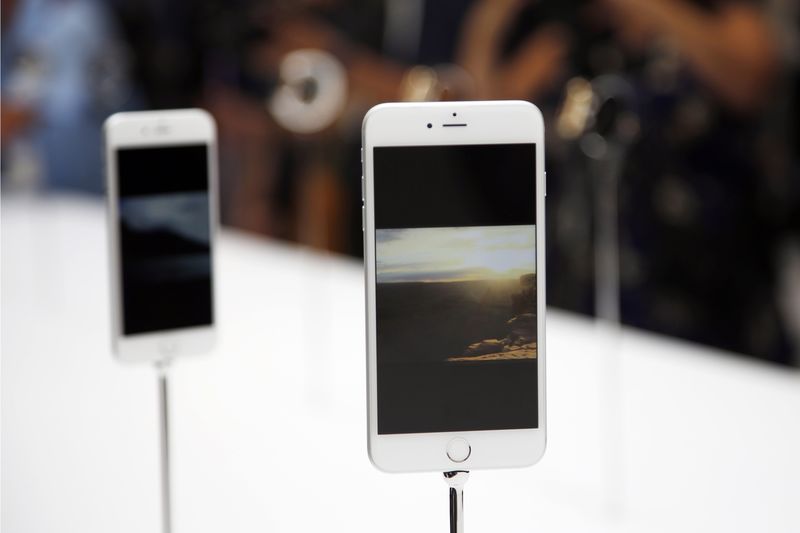(Bloomberg) -- BOE Technology Group Co.’s stock market reversal is dramatic even by China’s outsized standards. It took less than a year for the Apple Inc (NASDAQ:AAPL). supplier to go from one of the nation’s best-performing stocks to among its worst -- a precipitous selloff that may not be over.
China’s largest maker of screens for TVs and phones shed more than 32 percent of its value this year, the steepest decline among the 50 biggest companies listed in Shanghai and Shenzhen. That was prompted by ballooning supply and plunging prices for the large screens that comprise most of its business. Even earning a coveted spot on Apple’s list of top 200 suppliers couldn’t overcome fears that demand-supply imbalances will persist, analysts say.
That’s a far cry from 2017, when its shares more than doubled, net income quadrupled and executives talked up their prospects of getting into lucrative smartphone screens. It ranked fifth in terms of gains among mainland China’s 50 largest publicly traded stocks. And the company sketched bold plans to get into next-generation OLED or organic light-emitting diode screens and of supplying future iPhones.
“BOE’s ride is over. Right now I can’t see catalysts for growth,” said Zhang Haidong, head of research for Jinkuang Investment Management. “Despite getting onto Apple’s suppliers list, its prospects remain tied to TVs, and they don’t look great.”
Valuation is part of the challenge. Despite its recent slide, BOE trades at more than 15 times current-year earnings, a higher multiple than industry leader Samsung Electronics (KS:005930) Co. The Chinese company is now ramping up capacity to goose sales, while developing OLED screens in hopes of catching a wave of longer-term business. It completed and brought online a massive production plant for 65-inch-plus screens and began construction on another this year -- just as demand globally waned and prices fell.
That influx of capacity is not good news for an already depressed market. Prices for benchmark 65-inch panels dived 39 percent from last year’s peak to about $250 in June, according to Trendforce estimates compiled by Bloomberg Intelligence. Demand typically peaks however in the third quarter ahead of the all-important holidays, which could prop up prices. And the World Cup could provide a boost as consumers replace ageing TVs. Stock-wise, BOE’s still a tad cheaper than fellow Chinese display maker Tianma Microelectronics Co., which is hovering around 18 times current-year earnings.
But with capacity fundamentally continuing to outstrip demand, any gains may prove short-lived. In OLED, rivals Samsung and LG Display Co. have had a headstart -- the former is the sole supplier of the screens to Apple’s iPhone X. The cost of ramping up its screen capacity will also weigh on BOE’s margins in the near term.
BOE may thus never replicate its 2017 achievement -- it’s expected to average annual profit growth of 22 to 33 percent from 2018 to 2020, according to estimates compiled by Bloomberg. Its top-line is expected to slow: analysts on average are projecting annual revenue growth of 25.2 percent over the next three years, down from the average of 30 percent over the past half-decade.
“Large panel prices won’t bottom till July at the earliest, and I don’t see any reversal in the trend,” said Iris Hu, an analyst with consultancy Trendforce.
To contact Bloomberg News staff for this story: Amy Li in Shanghai at yli677@bloomberg.net;Ludi Wang in Shanghai at lwang191@bloomberg.net;Gao Yuan in Beijing at ygao199@bloomberg.net
To contact the editors responsible for this story: Robert Fenner at rfenner@bloomberg.net, Edwin Chan
©2018 Bloomberg L.P.
